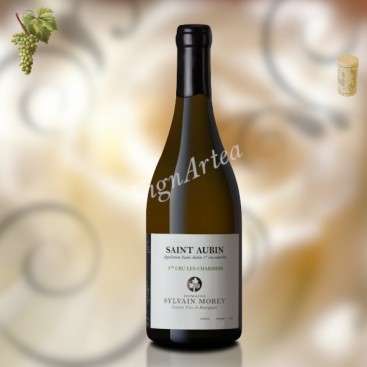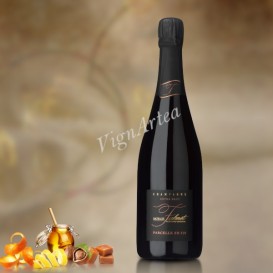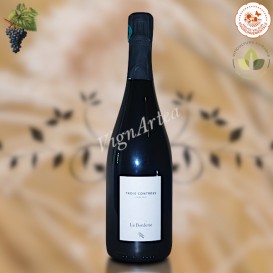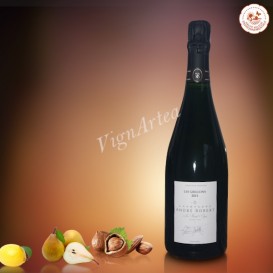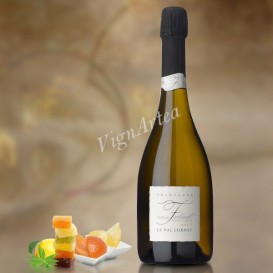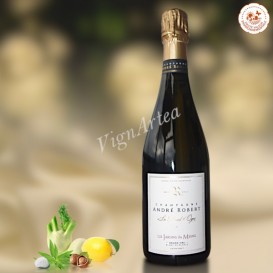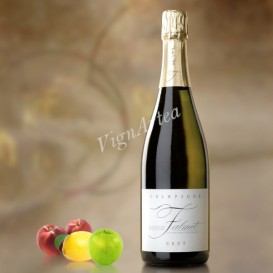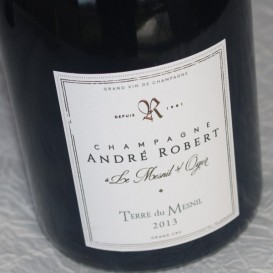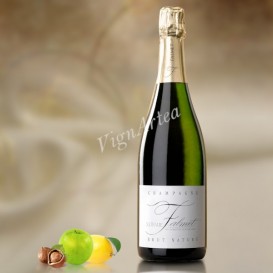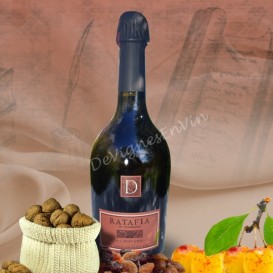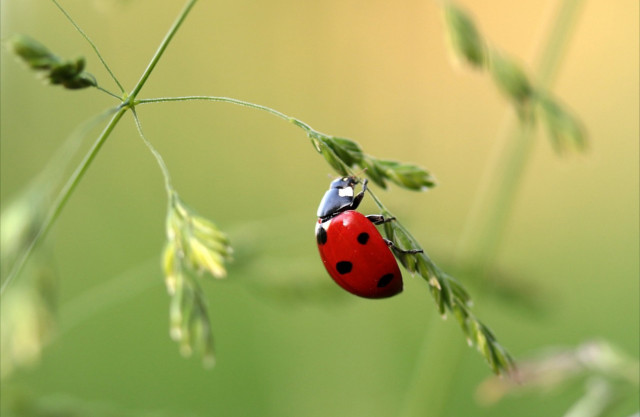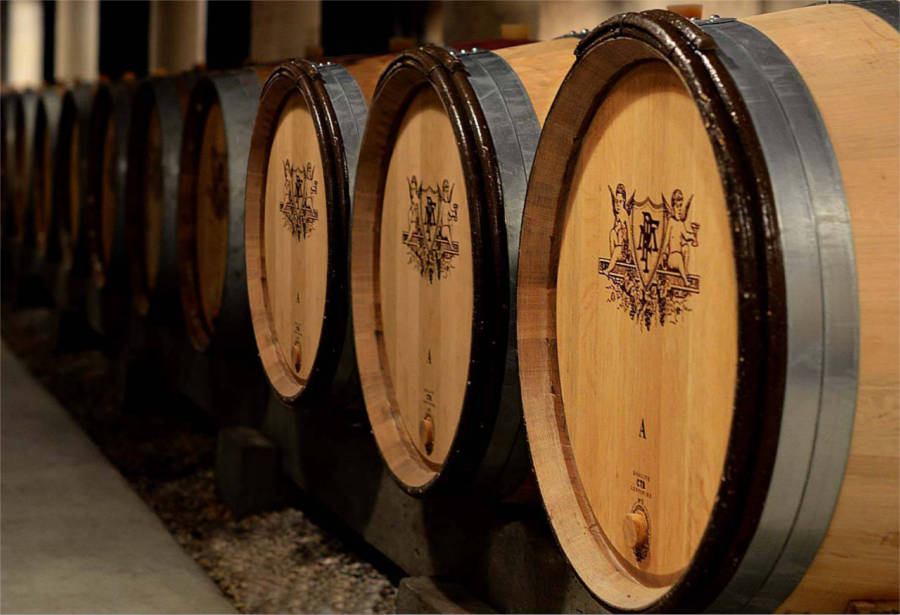SAINT-AUBIN 1ER CRU LES CHARMOIS 2022 (Domaine Sylvain Morey)
BOURGOGNE - AOP SAINT-AUBIN 1er CRU - WHITE DRY WINE
Grape variety: Chardonnay (100%)
Native yeasts
Lees ageing in 350-liter oak barrels (20% of new barrels) for 16 months
- Nose: Smooth and slightly toasted. Tasty lemon, white flower and pink grapefruit flavours with a hint of almond.
- Palate: invigorating and tasty. Lemony finish.
- Tasting date: tasting notes of the 2018 vintage.
- OUR OPINION: the tiny quantities supplied do not allow me to sacrifice a bottle for tasting. As those wines are of impeccable quality year after year, I wrote the tasting notes of the 2018 vintage as an indication.
The exceptional bottle's weight (1.8kg) may result in higher shipping costs for the final shopping cart.
TERROIR
The SAINT-AUBIN LES CHARMOIS cuvée comes from the place called Les Charmois, which is located on the border between Saint-Aubin and Chassagne-Monrachet. It adjoins the 1er Cru les Chaumées parcel in the village of Chassagne-Montrachet. The yield is approximately 54 hl/ha.
Les Charmois is located in a very faulty geological zone which offers alternating marly and calcareous soils dating from the Bathonian period, a geological stage of the Middle Jurassic period which is estimated to be between -168 and -164 million years old. At that time, the region was covered by water, whose bathymetric variations modified the type of sedimentation, sometimes of marly-type when the water level was deep, and sometimes of calcareous-type when it was lower.
Three types of soil are found in different parts of Les Charmois : an oolitic limestone from the Lower Bathonian, marls with Pholadomya Bellona (a fossilised bivalve mollusc) from the Middle Bathonian and a massive dolomitic limestone from the Upper Bathonian.
These shallow and very stony soils give rich and early harvests.
WINEGROWING & WINEMAKING
The grapes are harvested manually and the whole bunches are immediately pressed by pneumatic pressing without crushing. It is followed by a cold static settling operation to allow the large lees to settle to the vat's bottom. The next day, the clarified juice is transferred to 350-litre oak barrels, includin 20% of new barrels. The alcoholic fermentation starts spontaneously under the effect of native yeasts, followed by the malolactic fermentation.
The must is aged on its fine lees for 16 months, without stirring, and once this is complete, the musts from the different containers are racked and blended in stainless steel tanks for two extra-months.
The wine is then fined with casein but not filtered before bottling.
| Country | Burgundy |
| Color | White |
| Orange wines | No |
| Clay amphorae wines | No |
| Type | Dry |
| Classification | 1er cru |
| Vintage | 2022 |
| Capacity | 75 cl |
| Single Grape Variety | Chardonnay |
| Alcohol rate | 12,5 % |
| Quality Designation | Saint-Aubin 1er Cru |
| Cellar Potential | 10 years |
| Service advise | 13° C (55°F). Decant 1/2h before serving. |
| Culture Methods | Traditional |
| Fining | Yes |
| Filtering | No |
| Comments | Fermentation with native yeasts in 350-liter oak barrels with 20% of new barrels ♦ Lees ageing for 16 months ♦ No stirring. Fining with casein and light filtering before bottling. |

